A Report on Research Ethics: Investigating Harmful Effects of Vaccines
VerifiedAdded on 2023/06/18
|5
|748
|451
Report
AI Summary
This report delves into the research ethics surrounding the potential harmful effects of vaccines. It outlines the research aim and objectives, which focus on identifying factors causing autism, impacts on the immune system, types of allergies linked to vaccination, the percentage of mercury in vaccines, and other negative ingredients found in vaccines. The research questions explore whether vaccines cause autism, overload the immune system, cause allergies, contain mercury, or have other harmful ingredients. A systematic research design with an inductive approach was employed, utilizing secondary data collected from sources like PUMS, DHS, Google Scholar, and European medicine agencies. Qualitative data analysis tools, specifically thematic analysis, were used to analyze the collected data. The justification for this research is to raise awareness about vaccines, addressing fears and providing information on side effects, immune system impacts, and vaccine ingredients, especially in light of the COVID-19 pandemic.
1 out of 5
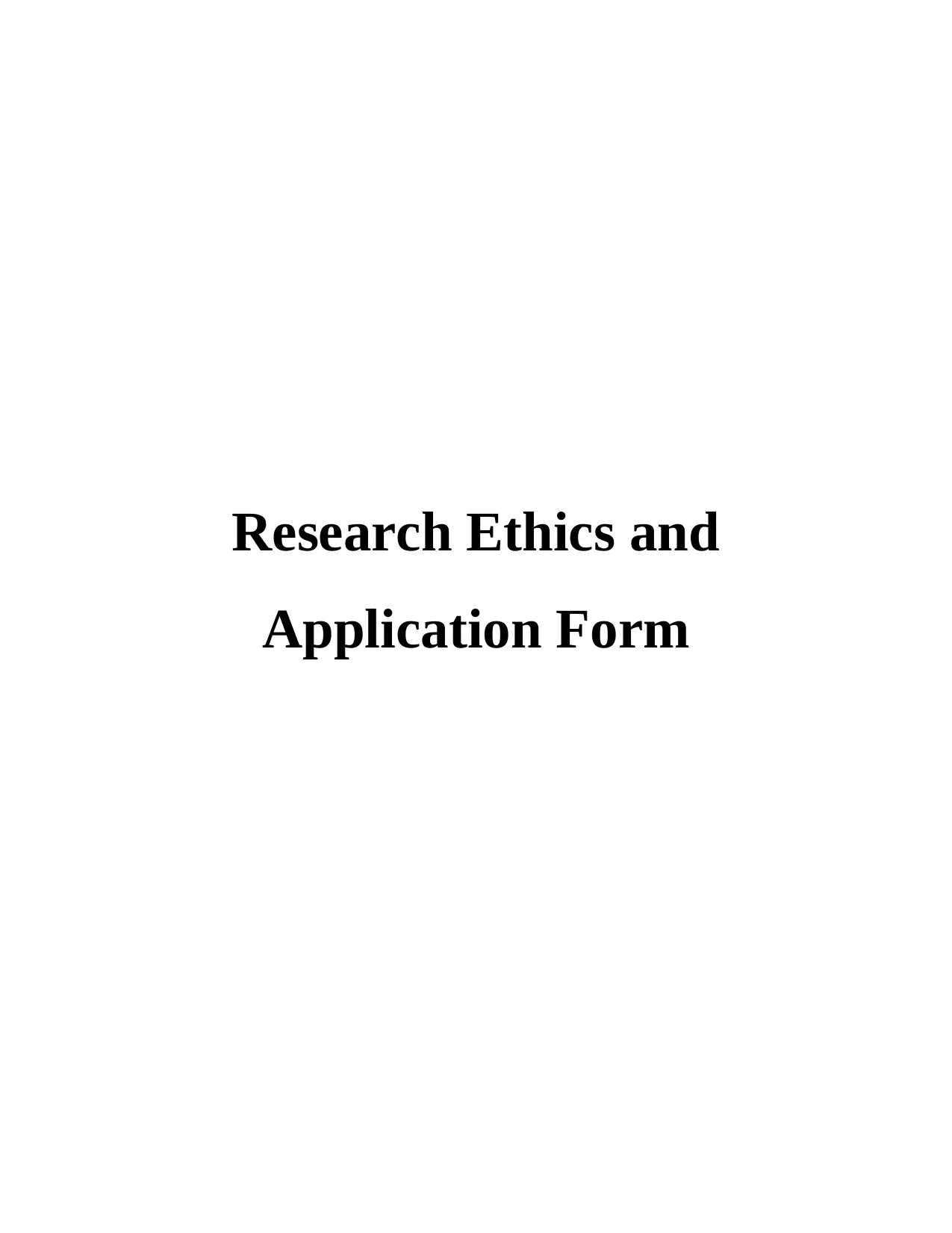
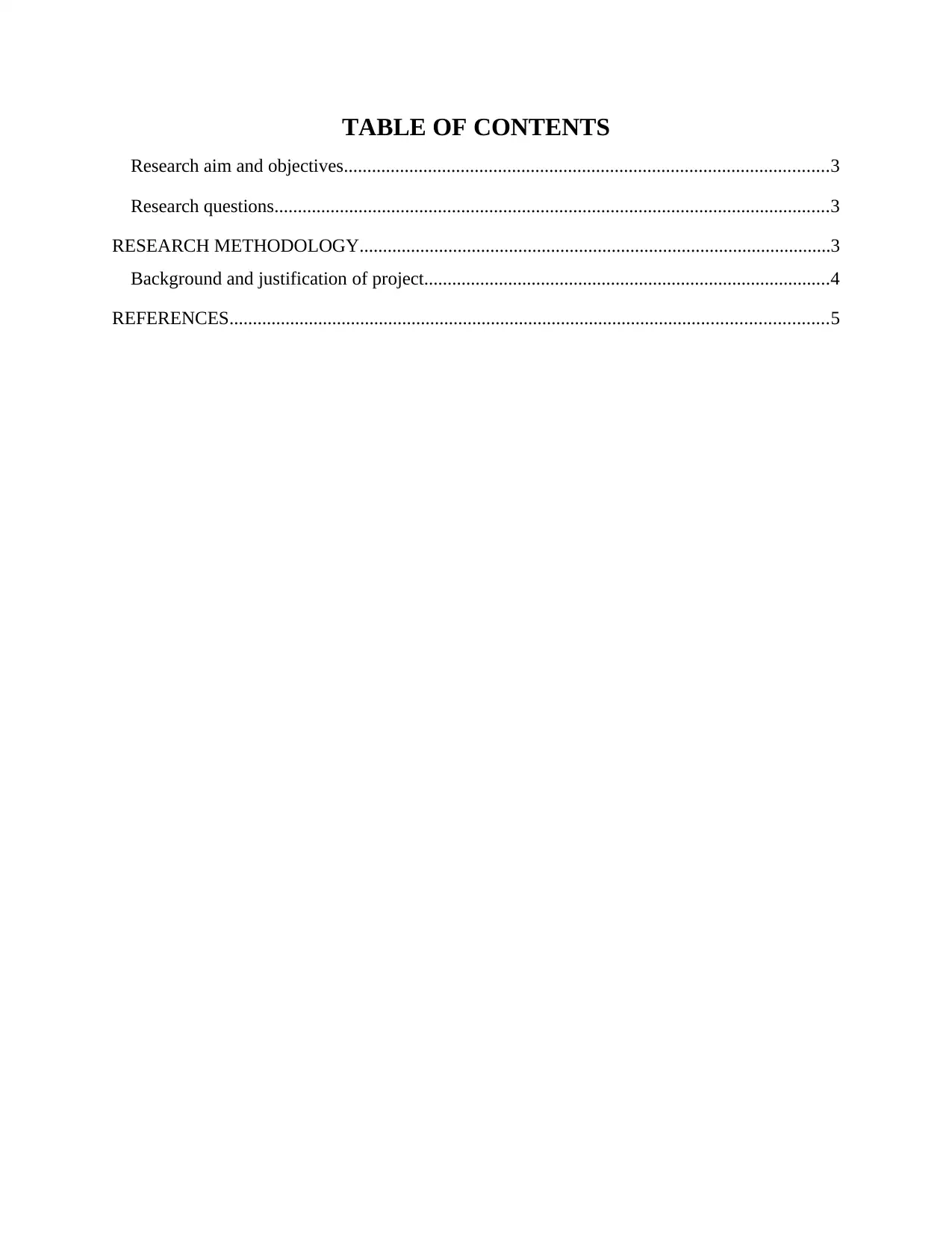
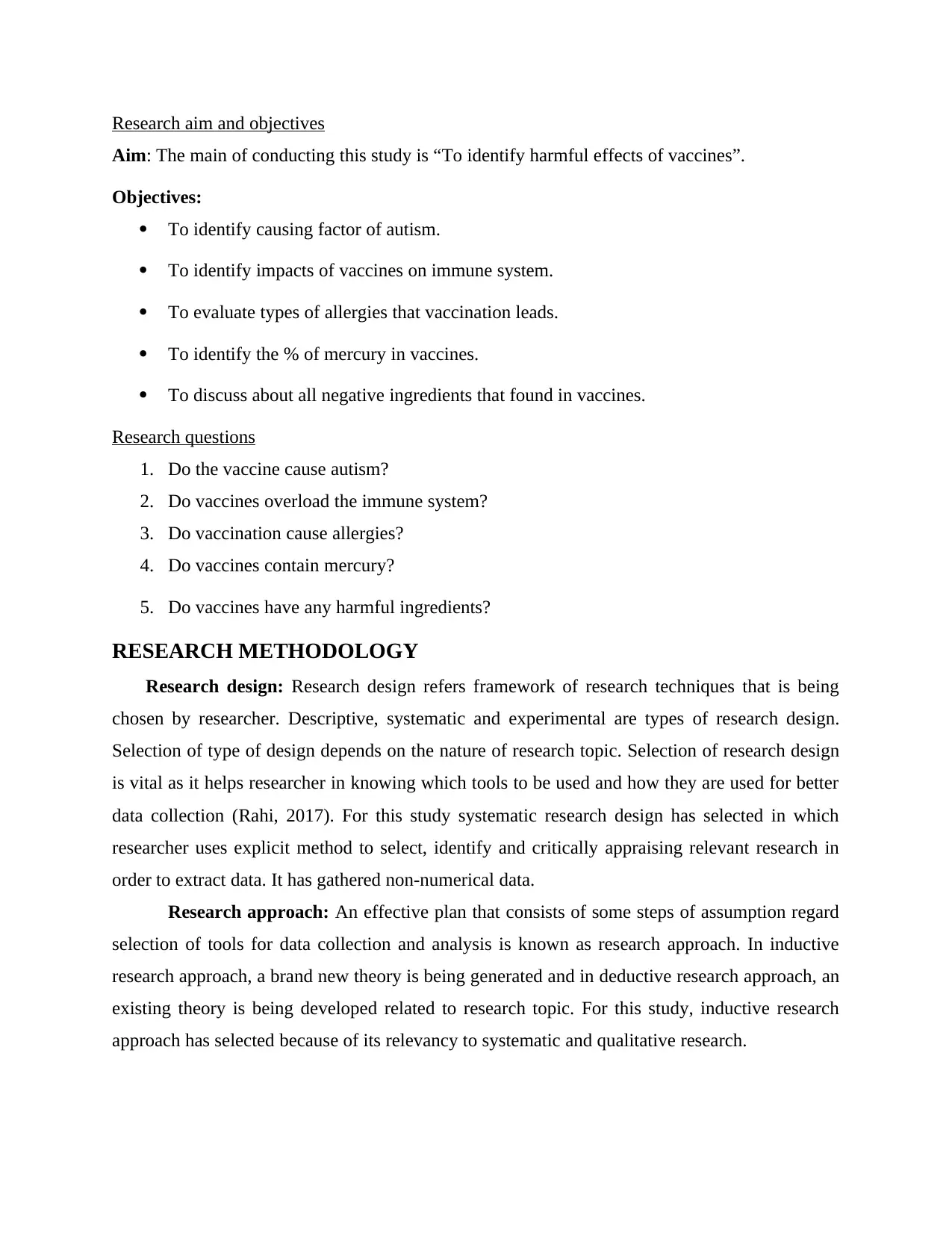

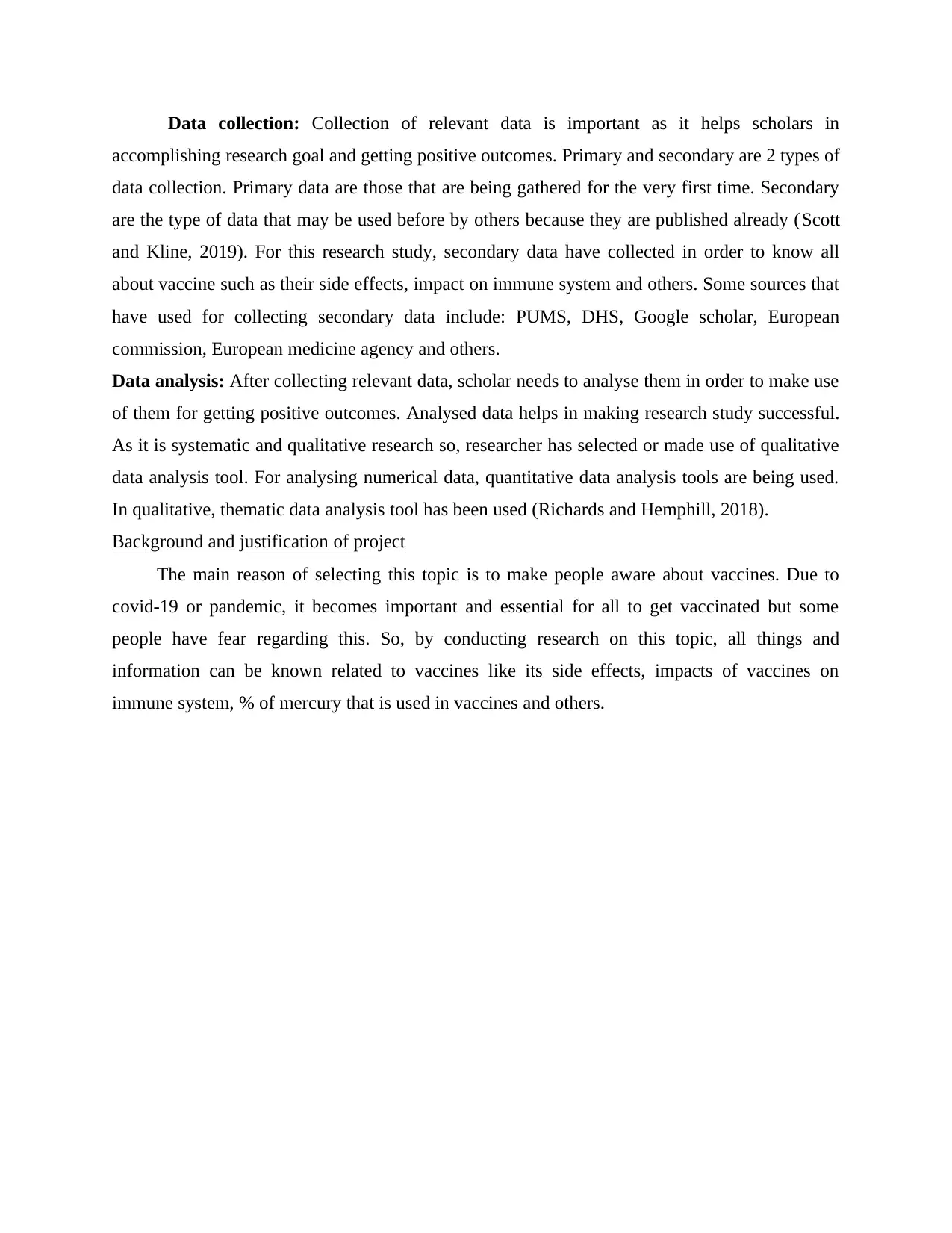
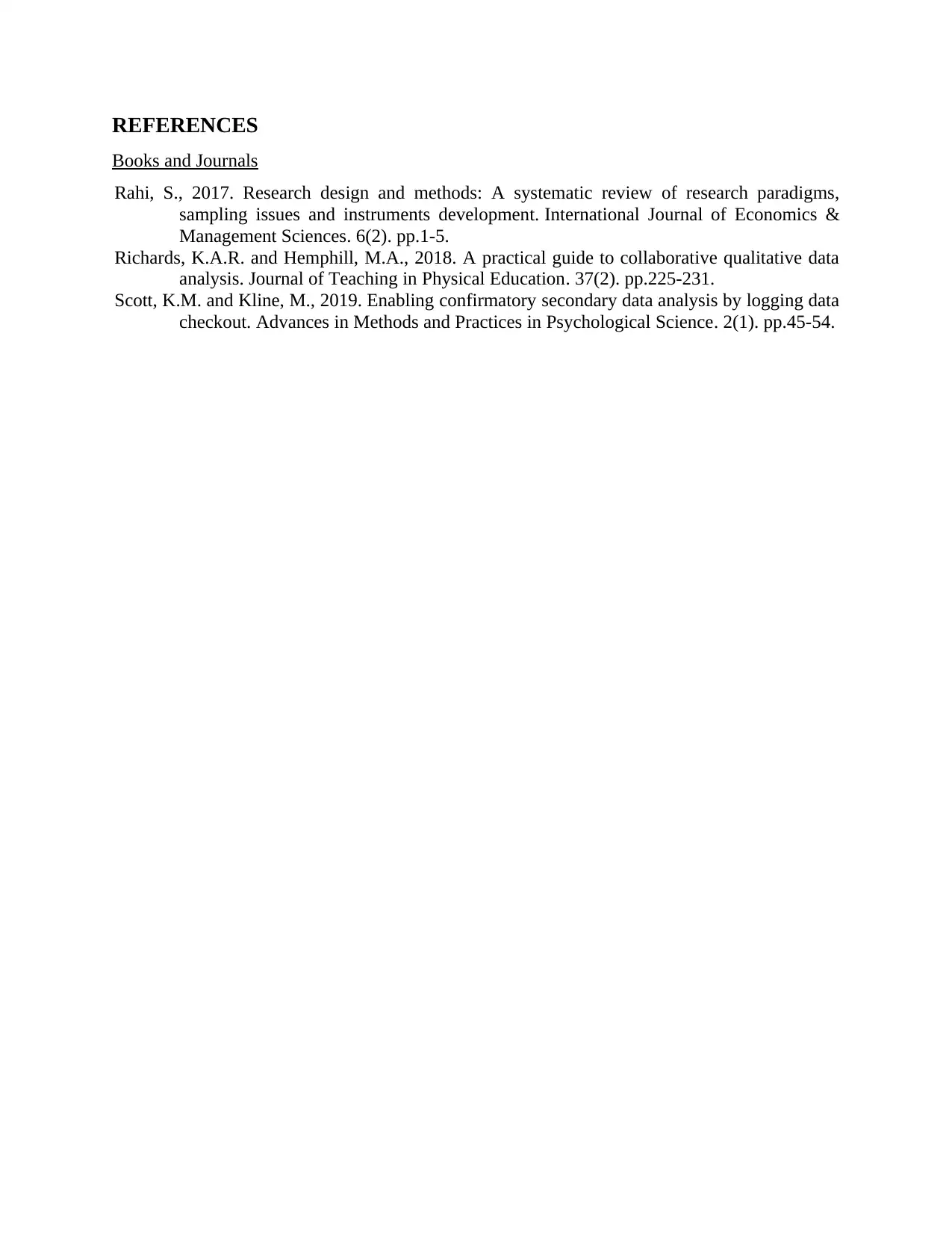






![[object Object]](/_next/static/media/star-bottom.7253800d.svg)